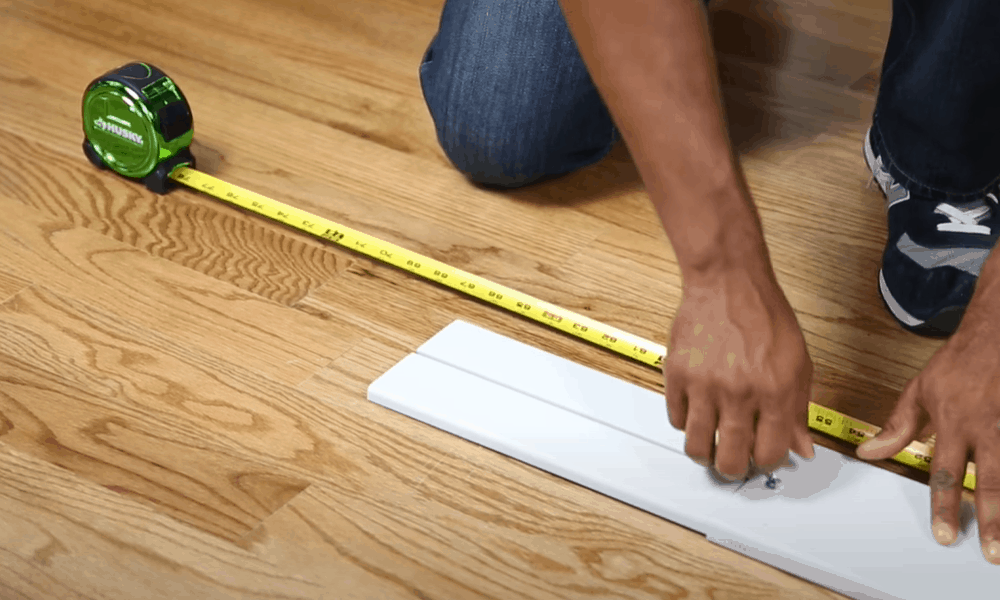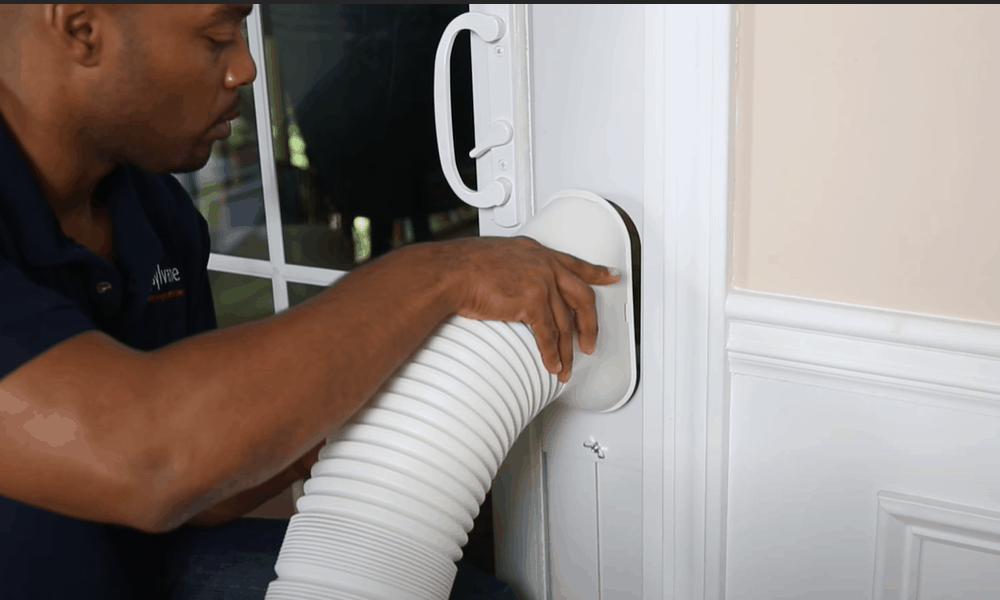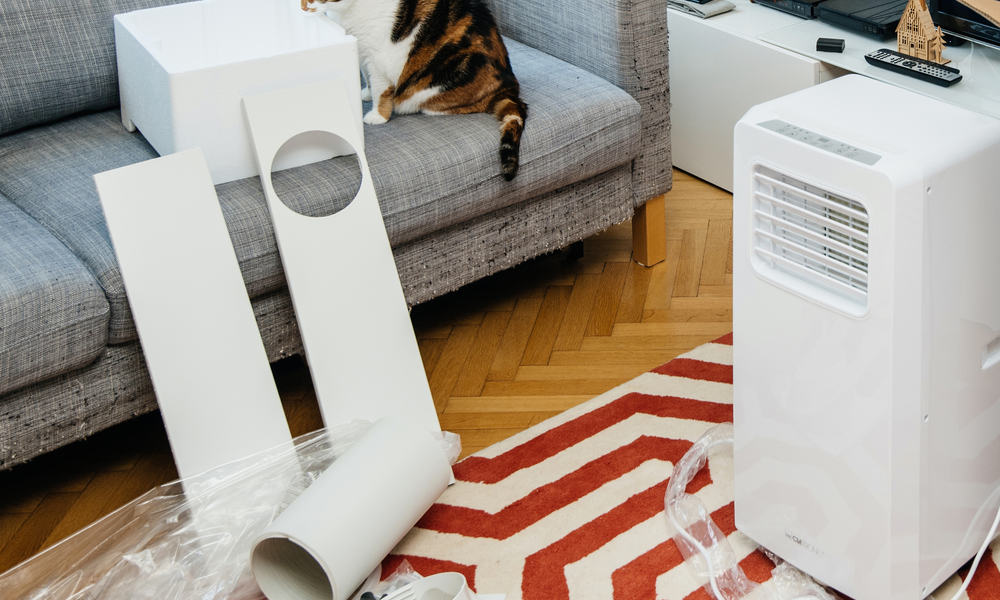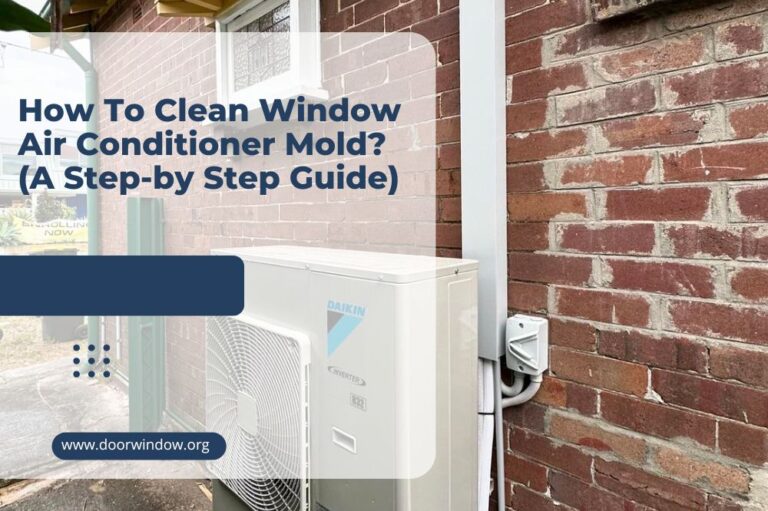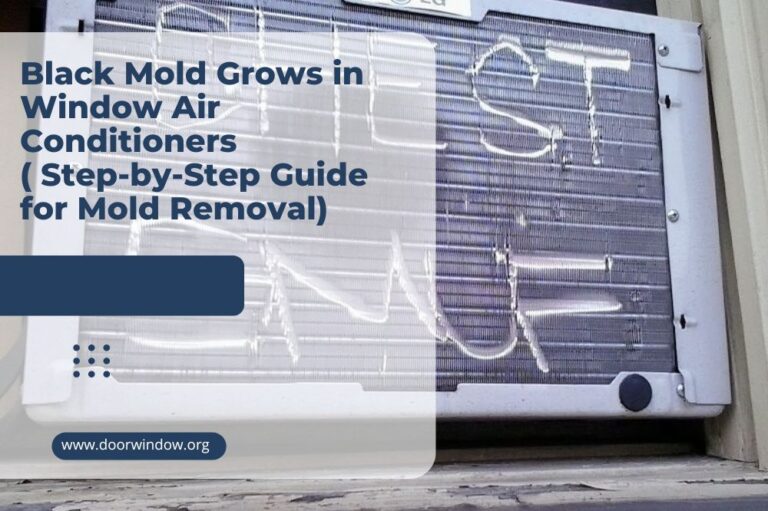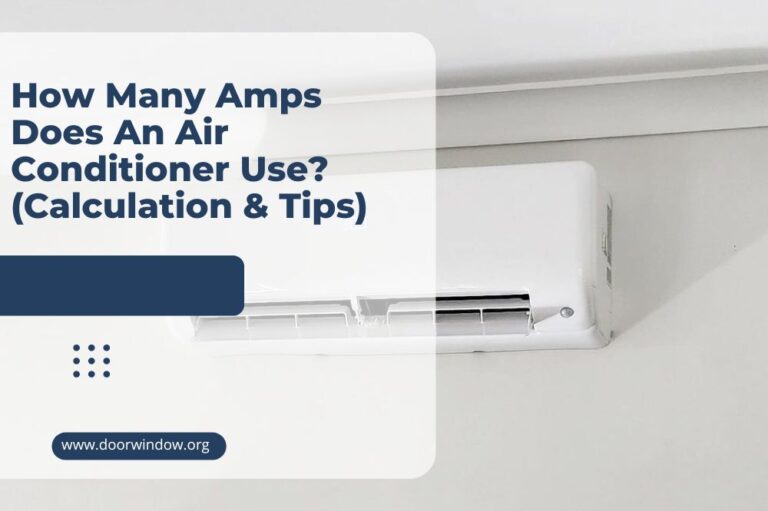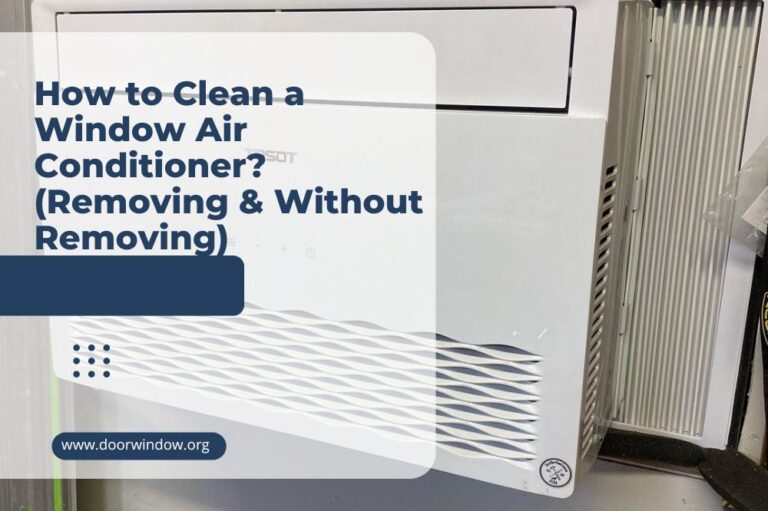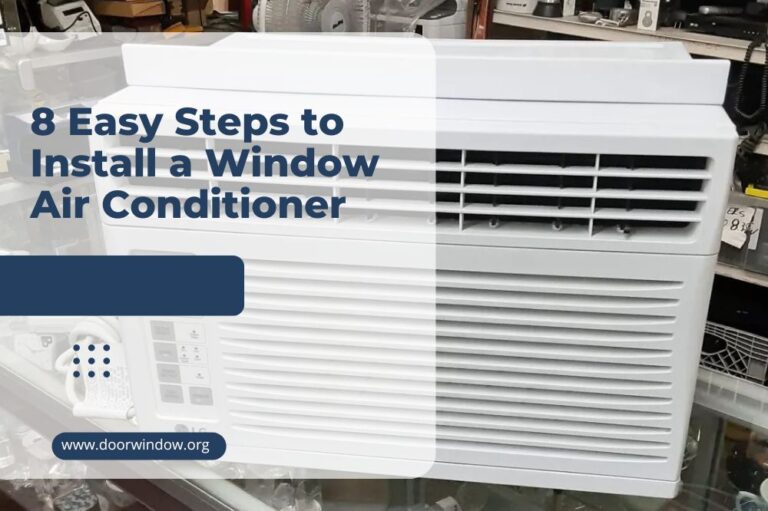How to Vent Portable AC through Patio Door? (Step-By-Step Tutorial)

One of the essential parts of installing a portable AC is the venting. You must install it the right way if you want it to cool the whole room and remove hot air. The commonest portable air conditioner venting options is through the window with the use of window kit.
However, if there are no regular windows, you can vent portable AC through the door preferably a patio sliding door. But, ensure to buy the exact length of the window hose.
To successfully expel heated air from a room without complication, you have to vent the AC correctly. In this guide, we will show you how to vent a portable AC through a patio door.
How to Vent a Portable Air Conditioner through a Patio Door
Venting a portable AC correctly depends on how you place it. You wouldn’t want to use an extension line and try to straighten out your exhaust hose. Also, note that the hoses are not as elegant as the AC, so you need to consider the distance. Below are the steps on how to vent a portable AC through a patio door.
Step 1: Decide the Distance between the Unit and the Door
Before anything, you should measure the distance you need leave from the sliding door. Your space should contain the whole AC vent hose length. You need to get a portable air conditioner sliding door vent kit if your machine didn’t come with one.
When you have gotten the suitable vent kit, open your sliding door to get the space you need for installation. If the vent hose is around four inches, you need to open it up to 6 or 7 inches to get enough space. That gap automatically becomes your new door closing point.
Step 2: Mount the Panels and Vent Hose
Install the vent in the gap you created earlier on the sliding door using the vertical panels provided in your kit. However, you can use wood to fill the gap if the panels don’t cover up and then paint them to match your walls. Ensure to use a weather sealant on the new panel to give it the best possible insulation.
The sealant prevents unwanted air or moisture from passing through the cracks. Additionally, use rubber straps on the panel edge to ensure tight-fitting when the door closes. Try and install the vent and panels to allow you to use the sliding entrance for exit and entry. But you should know that space where the vent passes won’t close.
Step 3: Attach an Adaptable Security Bar
After installing the vent and panel, you’ll notice that the sliding door won’t close to the lock. It means you need to attach an adjustable security bar or strong wood in the opening along its track. The bar helps you stop the push back from outside, meaning you should remove it before you open.
Other Portable Air Conditioner Venting Options
Venting on a Wall
You can decide to remove hot air through a wall outlet into a storage room, garage, or outside. Ensure that there is no wiring or piping that goes through the wall, then cut it open with a jigsaw. Make the correct size of the hole you need and seal the edges with silicone caulk.
Dryer Vent Connection
Although it’s not advisable, some people may connect the portable air conditioner to a dryer vent. However, while dryer vents are about four-inch in diameter, most exhaust hoses have a larger size. But some pipes have a diameter of four inches and so would fit into the dryer vent.
Moreover, if the dryer vent’s outer opening has a flap, it will be difficult for an AC hose to shove it open. In this case, you need to replace the fold with a screen to enable easy passage of pipe.
Helpful Precautions and Tips
- Don’t Extend Hoses Beyond Limit: Always try not to extend the hoses beyond its natural limit. Doing this would not only reduce its efficiency, but it will also decrease the durability of the equipment. It could also void the warranty of the hose.
- Go through the Manual: If you want to know how to install a portable air conditioner in sliding window correctly, you must have to read the manuals. Our guide might provide enough idea but the product manual should serve as a stand-in. So, check your manufacturer’s guidebook for instructions.
- Mind the Weight of Portable ACs: Always ensure to call a helping hand as these machines can be too heavy. Attempting to lift one alone might result in severe injuries. Check if the portable ac has wheels, in which case you have to roll it.
- Keep children away when installing the unit: Ensure to keep the portable air conditioner vent kit where the kids cannot get to it. Since they are metallic, they might cause injury or, worse still, damage in the process.
Why Vent Portable ACs?
You must have wondered why you can’t just install a portable AC without venting it. Maybe you think you can do away with it but to be honest with you, it will not be excellent. To cool down the room’s temperature with a portable ac, you have to exhaust the hot air.
Now, if you don’t take out this heat, it will remain inside and even circulate with the cold air, making the room hotter. Hence, it’s essential that you vent the AC into another room or outside into the atmosphere.
Another reason why it necessary to vent portable AC is that it takes moisture from the air. If the air inside a room is moist, it prevents it from getting chilly. Hence, if you leave moist air inside because you didn’t vent your AC unit, it will reduce the cooling effect.
Final Word
Most homeowners have resorted to portable ac units for efficient temporary or permanent cooling. Even if you don’t have a window, there are other options of how to vent portable air conditioner without window.
We provided detailed guide on how to vent portable AC through patio door with precautions and helpful tips. If there is no way to vent through the door, you can use the other portable venting options.
Hopefully, your portable AC unit might come with a basic portable air conditioner venting kit so that you won’t buy it. However, ensure that you keep it away from kids to avoid damage or injuries. Always ensure you check your manual before each step.
Lastly, don’t lift heavy unit all by yourself, call a helping hand or roll if it has under tires.

